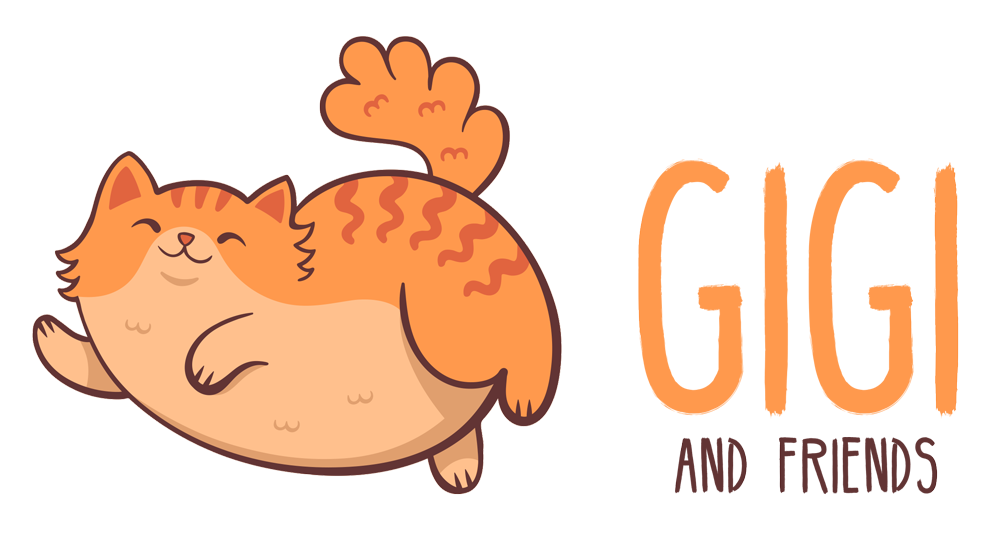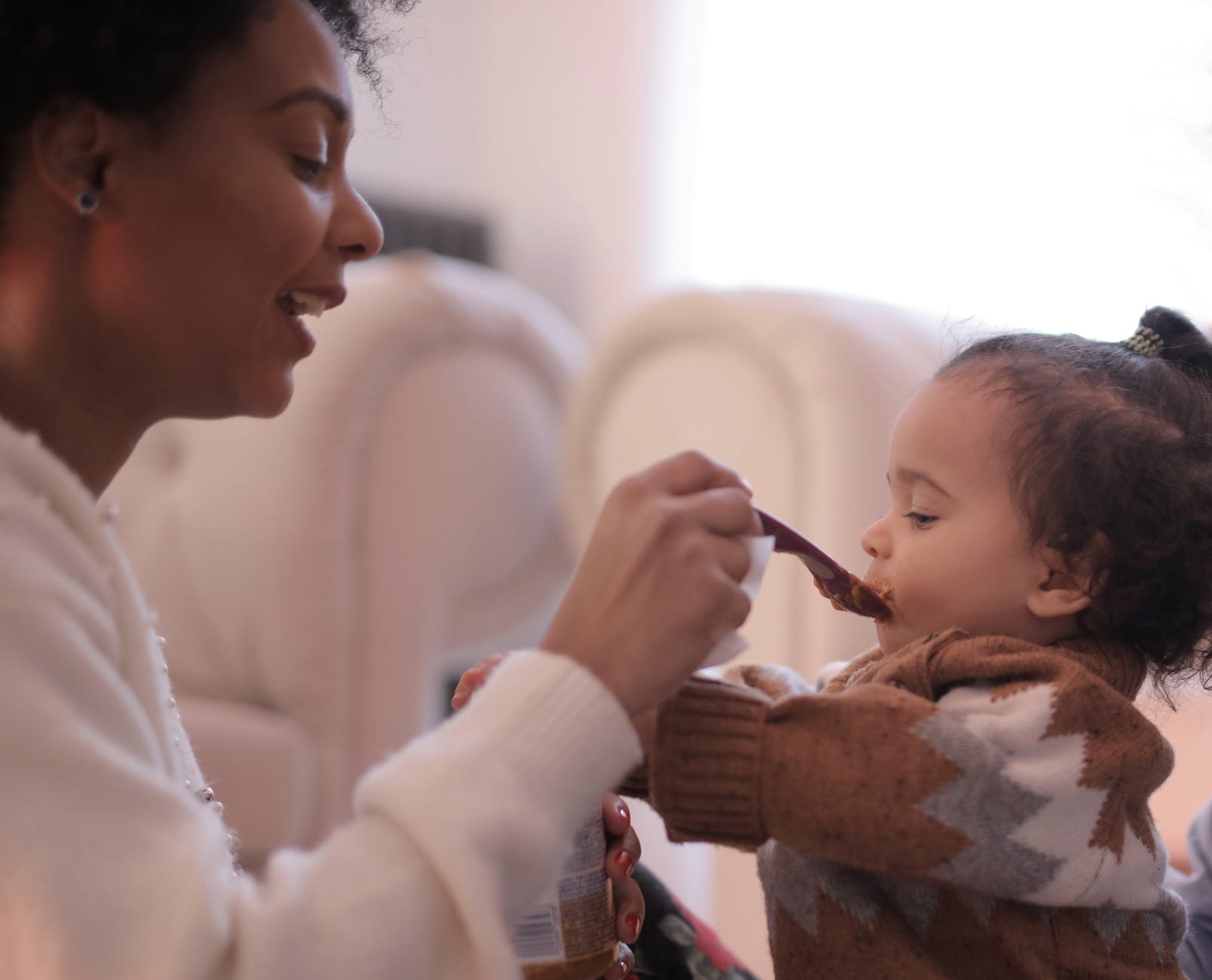How is feeding time around your house? Is it messy? Is it exhausting? If you answered yes to these, do not panic, this is totally normal! Feeding your little one can be very time-consuming and doesn’t allow you to do much else apart from sitting there playing airplane with a spoon to get your child to eat. That’s why many parents/guardians are eager for self-feeding to occur. So, here are some tips that could possibly help you in this transitional period.
Let’s start with practicing using hands as their tool. I know eating with our hands isn’t polite but it’s a good first step for little ones to start feeding themselves. Firstly, make sure that the food is cut up into appropriate sizes to aid in grasping. Roughly aim for food to be cut up into the size of an adult finger and anything stick-shaped will make it easier. If your child is finding it hard to grab food from the plate in front of them, try handing it to them yourself. This allows them to grab the food from your hand rather than a flat surface. You may also try picking up small pieces of food with your fingers and letting your child guide your hand towards their mouth. Slowly, you should start to see the transition between your child using their palms to grasp food moving towards using their index and thumb which is known as the pincher grasp.
Once your child has conquered using their hands as tools, it is time to move on to using proper utensils. Starting off with the easier option which is a spoon. Do not be discouraged if your child doesn’t instantly grasp the spoon. Try placing the spoon in their hand and placing your hand on top of theirs to guide their hand to their mouth. A mirror may also be helpful to help establish hand to mouth coordination. Learning the scooping movement highly aids in self-feeding and this can be practiced through other activities outside of feeding such as sensory bins. Once your child is comfortable using a spoon, it is time to move on to the next utensil which is a fork. Make sure that the fork chosen is suitable for the age of your child. Start off with easy food, that doesn’t require much force to pierce. Small pieces of chicken or cheese are good examples. If you are noticing that your child, is becoming frustrated and is not managing, do practice the technique we mentioned above where you guide your child’s hand to their mouth.
We hope that some of these tricks will aid you on the journey of self-feeding with your little one 😊 Goodluck!
We are on Facebook!
https://www.facebook.com/gigiandfriendschildcarecentres
Check out our previous blog on fussy eaters:
https://www.childcaremalta.mt/fussy-eaters/

